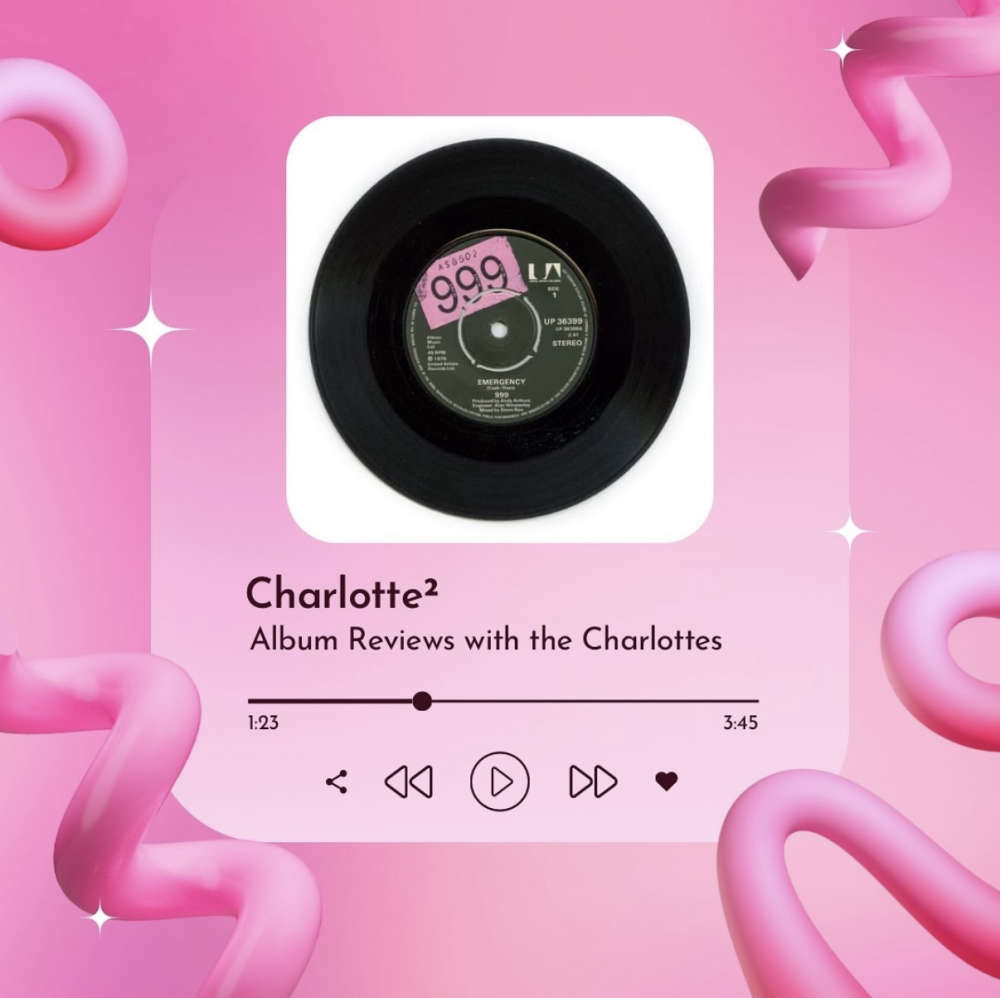(1) The importance of a title - Writing a catchy title can help people get interested in your post. In an academic context especially, it might be good to show your audience that your content can be just as entertaining as a good book or social media. Make sure you reveal the theme of your content in those first words. Be wary: being catchy does not mean turning to clickbait. It is favourable if your reader knows exactly what they will be reading about in this context.
(2) Spoilers can be good! - This counts for more than your title. Don't tease your audience and wait to tell them exactly what they'll be reading about: state your theory, argument or theme from the very beginning. You might want to use headlines and summaries to give readers a little snapshot of what your writing will consist of.
(3) 'You talkin to me?' - Decide on a tone for your blog. It is true that writing for an academic blog is not like writing a dissertation. However, this does not mean it is the same as writing a caption for an Instagram picture of your holidays. It is crucial that you reflect on who your audience is going to be and adapt your tone to match that. Make sure your blog posts are honest and relatable – if people are reading a blog about your theme and not an article, it is to get a sense of the author as well: don't forget to be you.
(4) Make your content scannable - How are you going to organise your thoughts? There are different ways to blog. Some might prefer to directly address the audience and mimic direct speech whilst others might want to narrate in a reflective manner. This is a decision you can make based on the type of blog you will decide to use. A key point to structuring and formatting your blog is to make it scannable: people will get a visual idea of your blog before they even get to reading it.
(5) 'Oh I just skimmed through...' - Keep your paragraphs and sentences short: most people only read 20% of a page. Having fun with language can be fantastic but simpler writing will help people relate to what you are telling them whether they know about the subject at hand or not. Use headings to break your page up so it is easier to scan. Find out more about how people read on the web.
(6) What is that about? - Asking your readers questions can be a great way of involving them. When writing, ask yourself 'why should they care?'. You don't only want to be recounting your thoughts, you want to be sharing it with other people. Making the reading experience more interactive will make people feel involved and interested.
(7) Make it visual! - Adding media to your blog can be another great way of making readers relate and feel part of your experience. Visual tools can help your reader see what you are describing, but they can also give them the opportunity to relax from the reading effort. This is especially the case if your writing is a quite dense academic text. Images add an interesting opportunity for formatting, structure and narration.
(8) Proof-read, get critical and edit! - This is perhaps most people's least favourite part. Sadly for you it is essential: proof reading and editing your text will help you cut out pieces that aren't useful. Getting a friend/colleague to read it for you will give you another perspective on your work and enable you to assess whether you have written for the right audience. Do not be afraid to ask for feedback. Getting feedback should be a very constructive and helpful process.
(9) Don't let readers forget about you! - Posting regularly and promoting your work is especially important if you want people to visit your blog regularly. Creating a schedule might help you keep on track – because posting regularly means you have write regularly. Thankfully, there are many ways for you to promote your work other than relying on loyal readers. Social media links and enabling search engines to index your blog can help so make sure that you explore your settings to maximise your crowd.














